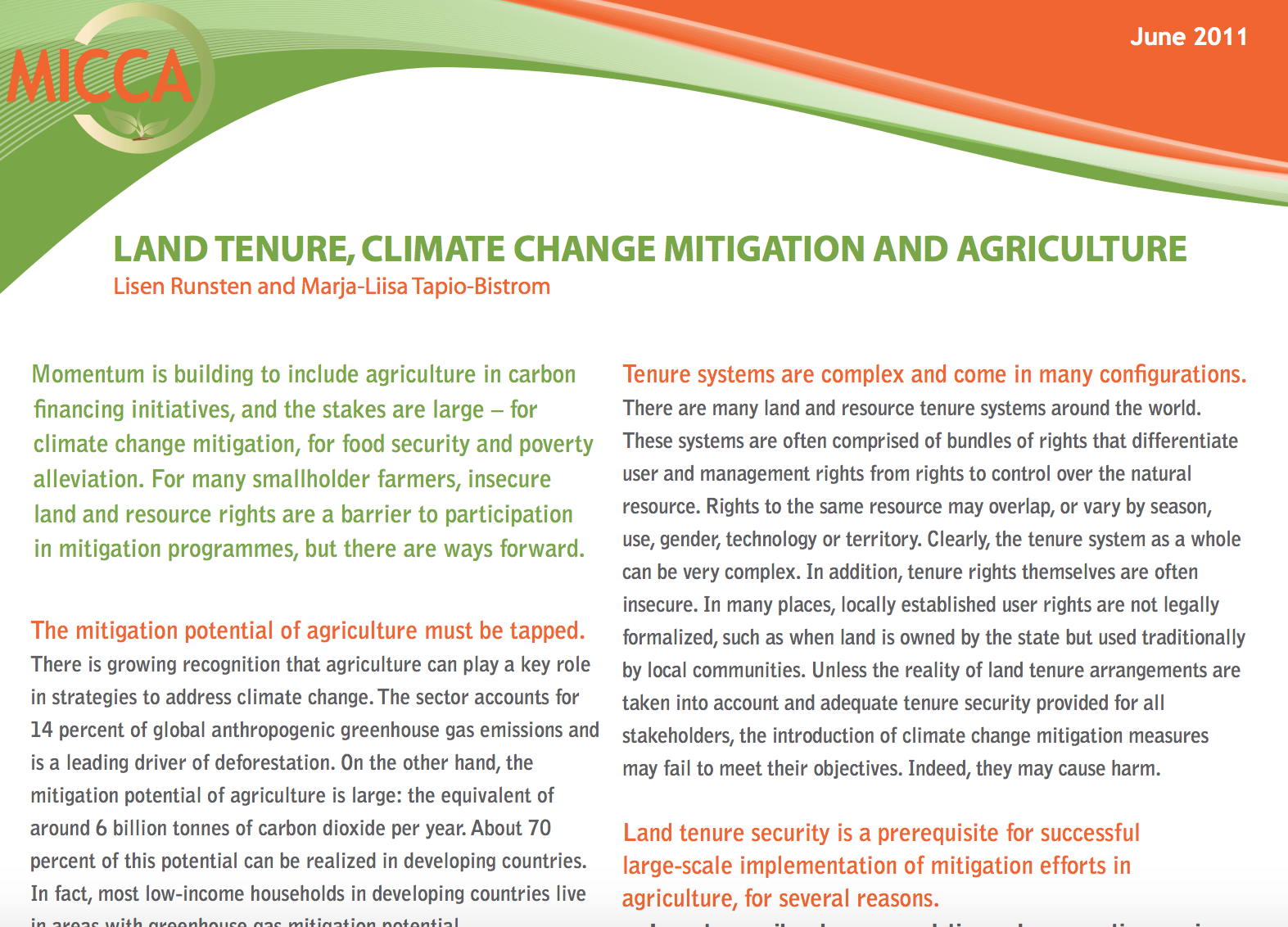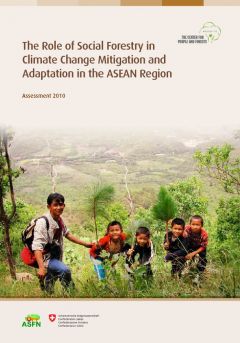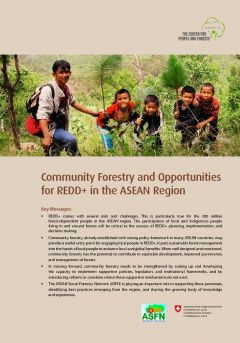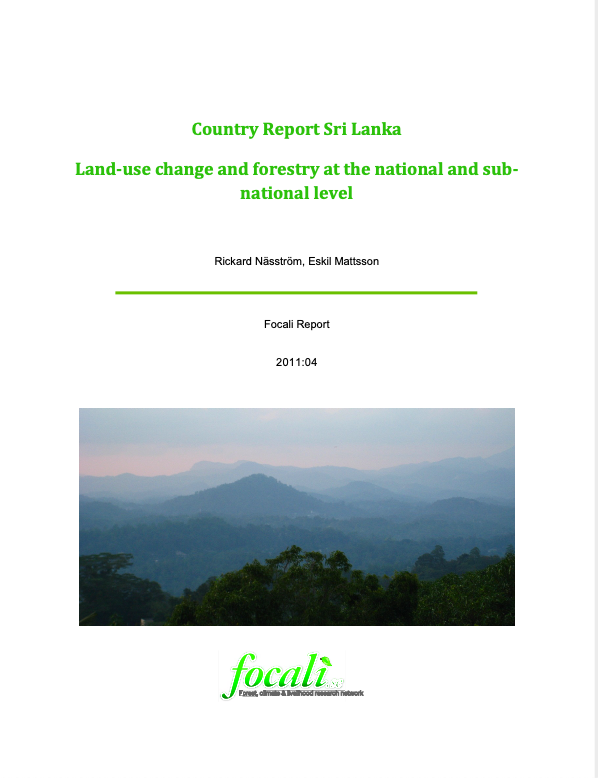Rural strategy, water management and irrigation,
A Nemzeti Vidékstratégiai Koncepció(Vidékfejlesztési Minisztérium, 2011) vitaanyagánakelőszava a természeti erőforrásokfelértékelődésére, a természeti környezetvédelmére, valamint a mezőgazdaságés a vidék szoros kapcsolatára hívja fela figyelmet. Ennek tükrében élelmiszerelőállításcsak a talajok, az ivóvízbázisokés a táj fenntartását eredményező, a jó környezetiállapotot és az élővilág sokszínűségétmegőrző, valamint a vidéki életformát,a helyi közösségeket és kultúrát megóvó jóminőségű és biztonságos alapanyagokraépülő termelés mellett értelmezhető.






